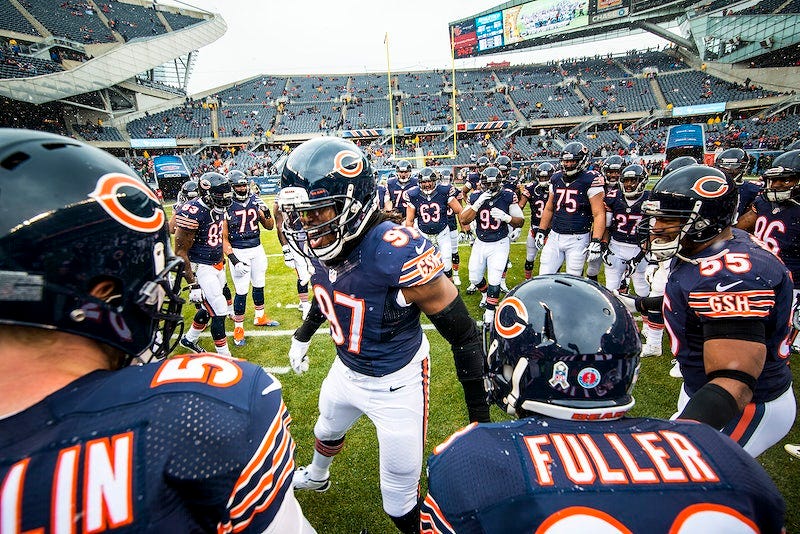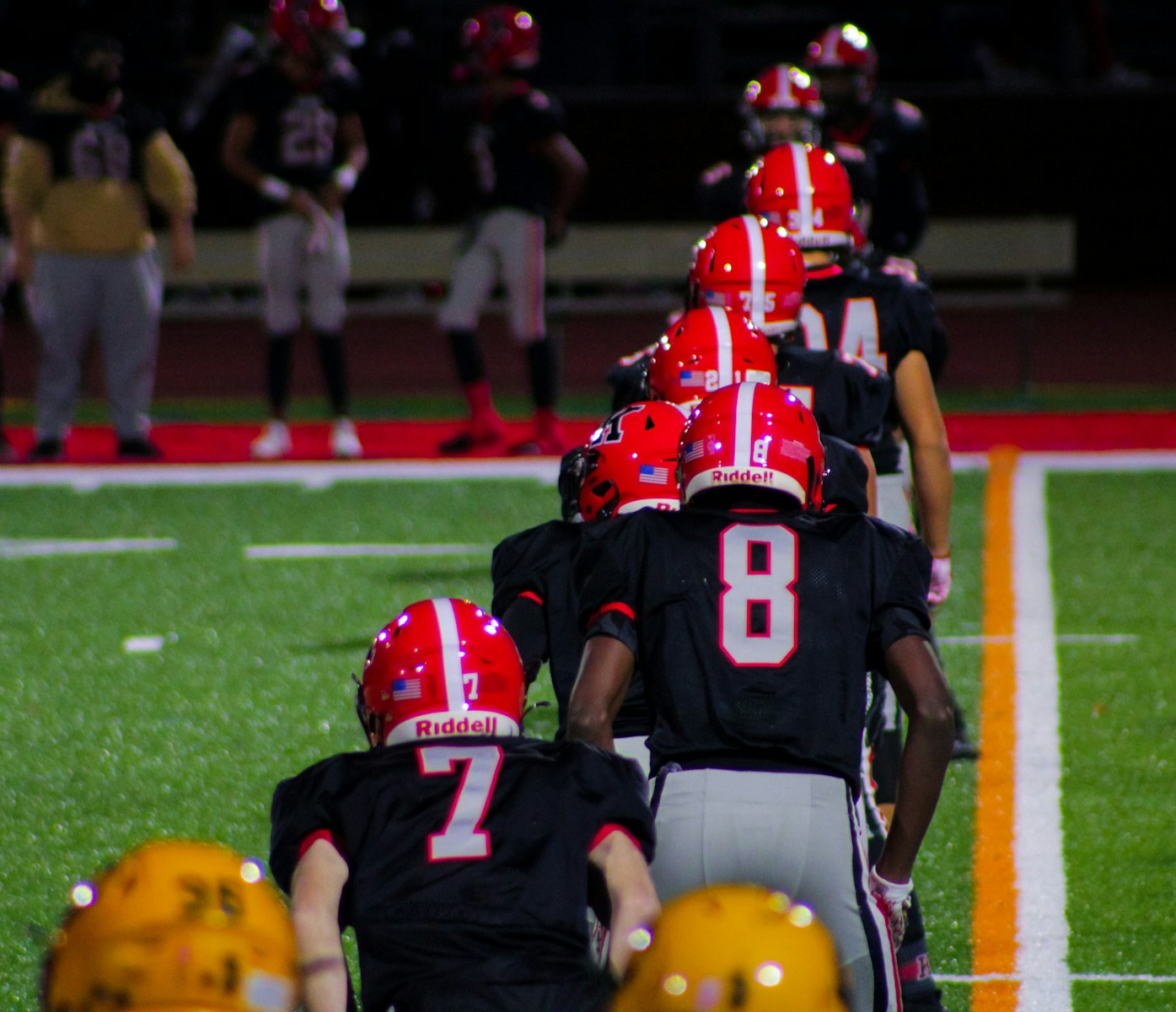
In the fast-paced world of sports media, where hot takes and highlight reels dominate, some of the NFL’s truly exceptional talents get lost in the shuffle. We’re talking about players who, through a cruel twist of fate, bad timing, or simply playing in the shadows, never quite received the recognition they so rightfully deserved. They might not have the golden busts in Canton or the Super Bowl rings adorning every finger, but their contributions to the game were immense, often foundational, and deeply impactful. These aren’t the household names of dynasty teams or the widely celebrated Hall of Famers; in fact, our criteria for this list actively excludes them.
To earn a spot on this exclusive roster of the underappreciated, a player needed more than just raw talent. They had to navigate a minefield of bad timing, bad luck, or the misfortune of playing the wrong position for the wrong team at the wrong moment. Our focus is on individuals who contributed significantly to winning efforts, even if their stats were misunderstood, subpar, or simply non-existent on the traditional ledger. Whether they toiled for teams so dominant their individual accomplishments faded, or carried utterly dreadful franchises on their backs, these athletes redefined what it means to be truly underrated. It’s time to pull back the curtain and celebrate some of the forgotten heroes of the gridiron.
We’re steering clear of Hall of Famers, recent finalists, and active players destined for immortality, like a Joe Thomas. Super Bowl-winning quarterbacks, running backs, and wide receivers are also out, as even the least heralded among them receive ample recognition. You won’t find any ’60s Packers, ’70s Steelers, ’80s 49ers, ’90s Cowboys, or ’00s Patriots here; being part of an era-defining dynasty brings a baseline acclaim that our chosen few simply don’t possess. Instead, we’re focusing on just how underappreciated these players are, not just how great they were. Prepare to discover familiar Hall of Fame snubs, players snubbed from the snub lists, and even a few current guys who aren’t getting their due. Let’s dive in.

1. **Steven Jackson, RB, Rams**It’s a rare feat for a running back to genuinely fall into the “underrated” category. Even those who don’t light up the league typically manage a few 1,000-yard seasons and become staples in fantasy drafts, avoiding the kind of biases that often plague quarterbacks who “didn’t win the big game.” Even specialized players like third-down backs or gritty fullbacks often become local heroes, beloved by their fanbases – think Darren Sproles or Mike Tolbert. So, for a running back to truly earn a spot on this list, it takes an extraordinary run of hard luck and unfortunate circumstances.
Steven Jackson’s career epitomizes this unlucky streak, arriving in St. Louis just as the famed “Greatest Show on Turf” offense began its precipitous decline, morphing into what many remember as the “Most Miserable Slog in the Midwest.” Early in his career, he delivered MVP-caliber seasons, such as his 2006 campaign with 1,528 rushing yards, 90 receptions, and 16 total touchdowns. Yet, these standout individual efforts were often overshadowed by the team’s abysmal performance, with the Greatest Show Rams retiring one by one and the franchise plummeting to records like 2-14 and 1-15. Jackson consistently churned out 1,100-1,200 yard, low-touchdown seasons during this period, carrying an offense that offered him little support.
His quest for team success continued to be thwarted by timing. After his tenure in St. Louis, Jackson moved to Atlanta, only to arrive just after the collapse of the Mike Smith playoff teams, and critically, before the emergence of the current Dan Quinn contenders. His career culminated in a move to the New England Patriots, signing on as a veteran role player during one of the few years the perennial Super Bowl contenders failed to reach the big game. It seemed wherever Jackson went, the clouds of misfortune followed, preventing his individual brilliance from translating into widespread team accolades.
Despite the constant churn of teams and unfortunate timing, Jackson’s career statistics are undeniably impressive, solidifying his place among the league’s all-time greats in terms of sheer production. He finished his professional journey with a remarkable 11,438 rushing yards, placing him 18th all-time, and an astounding 15,121 total scrimmage yards, good for 21st all-time. Furthermore, he stands as the Rams’ all-time leading rusher, boasting nearly 3,000 more yards for the franchise than legends like Marshall Faulk or Eric Dickerson. He made the playoffs only twice – as a rookie backup in 2004 and a 32-year-old backup in 2015 – with a full decade of playoff drought in between. While he might have helped you win a fantasy title or two, imagine how much more Jackson would be remembered if he hadn’t always found himself on the wrong team at the wrong time.
Read more about: Sam Moore: The Undeniable Voice of Soul Who Defined an Era and Fought for Its Legacy

2. **Lomas Brown, OT, Lions**Left tackles are the unsung heroes of the offensive line, diligently protecting the quarterback’s blindside. Yet, even among this generally anonymous group, some achieve a measure of acclaim, particularly in recent decades. Lomas Brown, however, is a prime example of a player whose consistent, high-level performance was often overshadowed by team circumstances and evolving league narratives. Brown played left tackle for an impressive four Lions playoff teams, providing crucial protection and run-blocking that helped the legendary Barry Sanders secure two of his four rushing titles, a testament to the offensive line’s effectiveness during those years.
His role was made even more challenging by the offensive scheme he operated within for half a decade: the audacious run-‘n’-shoot offense. This system famously put its offensive linemen, especially the left tackle, on an island, forcing them into one-on-one matchups against the NFL’s premier pass-rushers on virtually every snap. There was no tight end flanking him, no blocking back behind him to offer chip help; Brown was truly isolated, a gladiatorial battle every Sunday. Despite these demanding circumstances, Brown’s individual brilliance shone through, earning him seven Pro Bowl berths and a well-deserved All-Pro selection, demonstrating his consistent dominance against the league’s best.
Unfortunately, the run-‘n’-shoot, while revolutionary, had its drawbacks, often taking away more than it provided in terms of consistent team success against top-tier defenses. The early 1990s Lions, for all their offensive fireworks, frequently found themselves obliterated by better defenses in the playoffs, preventing Brown’s stellar play from translating into deep postseason runs. As Brown was reaching the peak of his formidable powers, a new generation of superstar left tackles like Tony Boselli, Willie Roaf, Orlando Pace, Jonathan Ogden, and Walter Jones entered the league, transforming the blindside protector into an almost glamorous position and further pushing Brown out of the spotlight.
Brown spent the latter half of his career bouncing from team to team, continuing to deliver solid play but lacking the singular narrative that often elevates players to legendary status. Today, he is perhaps best known as a television personality, a role that has given him a different kind of public recognition. He also gained unfortunate notoriety for admitting on ESPN Radio that he once purposely allowed Packers defender Sean Jones to sack Scott Mitchell, hoping the struggling quarterback would be knocked out of the game. While this admission likely slams the door on his Hall of Fame hopes, it shouldn’t overshadow the reality: Lomas Brown was a unique and underappreciated player for over a decade on a team that nearly revolutionized the way football was played. He then went on to start at left tackle for the playoff-bound Cardinals and the 2000 NFC champion Giants, finally winning a Super Bowl ring as a backup for the Buccaneers. In 18 NFL seasons, Brown did one thing terribly wrong, but for his teams to achieve the success they did, he must have done an awful lot more right.
Read more about: What Did Americans Eat in the 1950s? The Food Trends That Would Shock You Today

3. **NaVorro Bowman, LB, 49ers**The spring air was barely warming when NaVorro Bowman trade rumors began to swirl, only to be swiftly squelched by new 49ers general manager John Lynch. The emergence of such rumors was, admittedly, not entirely surprising. The 49ers had just drafted promising linebacker Reuben Foster at the bottom of the first round, Bowman himself was coming off a debilitating Achilles tear in 2016, and the team was clearly in a transitional phase, installing a new system and reshaping its entire roster. From a purely cynical business perspective, one might ask: why retain an expensive vestige of the last regime, or indeed, the last three regimes?
The answer, as any astute observer of the game would tell you, is unequivocally simple: because he is, quite plainly, one of the NFL’s best defensive players. Bowman is not merely a good player; he is a four-time All-Pro, a tremendous all-purpose linebacker whose versatility, tackling prowess, and coverage skills made him a true force across the field. He emerged as a stalwart leader for 49ers teams that, without his unwavering presence, might very well have packed it in before Labor Day, underscoring his immense value beyond just his stat sheet. He is precisely not the kind of player a wise, forward-thinking organization sheds simply to cut expenses.
Bowman’s story is particularly poignant because he possesses all the makings of a player who will be tragically underappreciated historically, despite his undeniable on-field dominance. He began his illustrious career at the tail end of Jim Harbaugh’s formidable defensive teams, a period of genuine contention for the franchise. However, his subsequent years have been a battle against both devastating injuries and the profound incompetence that characterized the Jim Tomsula and Chip Kelly coaching experiments, periods marked by instability and losing records that obscured his individual brilliance. He now finds himself mired in a rebuilding cycle that could realistically take several more years to bear fruit, a timeframe that his body, or his tenure with the 49ers, might not withstand.
By the time the 49ers potentially return to their former glory, Bowman might already be in his early 30s or, even more likely, donning another team’s uniform. Furthermore, the very versatility that defines his greatness – his ability to do everything well – ironically prevents him from producing the kind of gaudy sack totals or climbing any specific all-time leaderboards that often capture the public’s imagination and cement a player’s legacy. Indeed, nothing screams “underappreciated” quite like whispers that you’re about to be traded to make room for a late first-round pick. NaVorro Bowman doesn’t get the recognition he’s due, and unfortunately for him, he may have to get used to it, a cruel fate for such an impactful player.
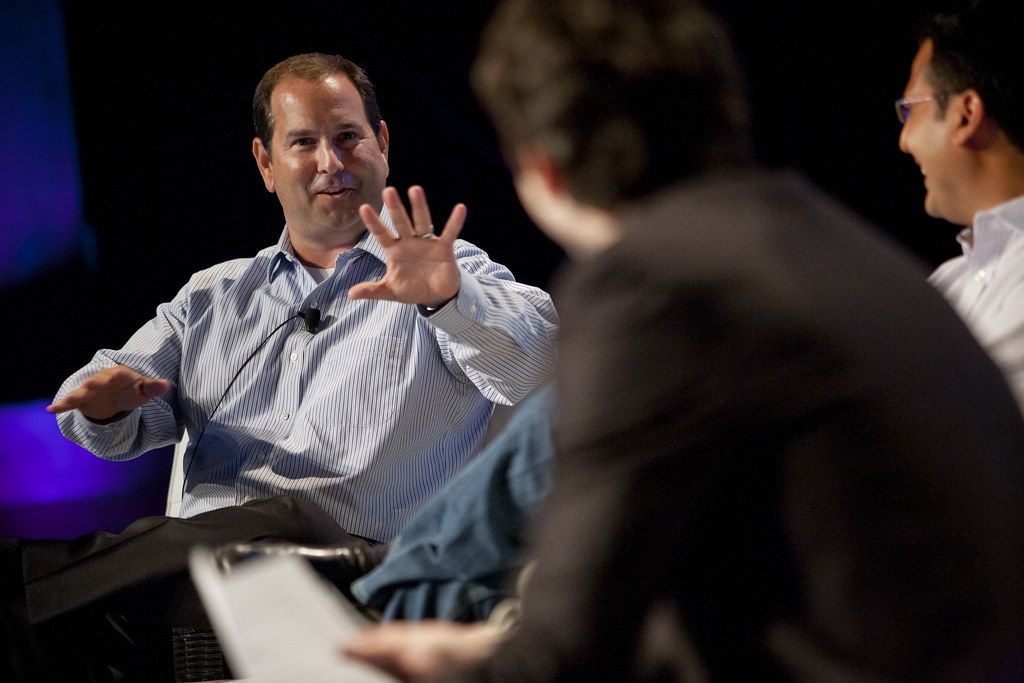
4. **John Hadl, QB, Chargers**If John Hadl is remembered at all by today’s casual NFL fan, it’s most likely for one of the most disastrous trades in the history of the league. In 1974, the Green Bay Packers, convinced they were a veteran quarterback away from a deep playoff run, made a move that would haunt them for years. Head coach/GM Dan Devine acquired the then-34-year-old Rams quarterback, surrendering a ransom of draft picks so egregious it would make even the most aggressive modern GMs do a spit take: two first-rounders, two second-rounders, and a third-rounder. Old-timers lovingly (or not so lovingly) dubbed it the “Lawrence Welk trade,” after a television bandleader of the era who would famously begin songs by counting off “A one, and a two, and a three…” Unsurprisingly, the trade unfolded precisely as one might expect a lopsided, midseason deal for an aging quarterback to go.
However, to truly understand Hadl’s inclusion on this list, one must consider *why* the Packers, or any team, would have believed he was worth such an astronomical haul of draft capital. That “something” was a career built on throwing for more than 29,000 yards, earning him four AFL All-Star Game selections and a Pro Bowl nod with the Chargers, and then leading the Rams to an impressive 12-2 record in 1973. This wasn’t a player picked off the scrap heap; Hadl had a legitimate pedigree of success and demonstrated ability to lead potent offenses. His resume before the infamous trade was far more illustrious than the trade itself suggests.
Hadl’s athletic journey was a fascinating one, beginning as a multi-talented athlete at the University of Kansas, where he played quarterback, halfback, defensive back, and even punter. The Detroit Lions initially drafted him as a running back, highlighting his versatile athleticism. However, Hadl chose to sign with the Chargers, a decision that would profoundly shape his career and, in many ways, the evolution of quarterbacking. Under the tutelage of visionary coach Sid Gillman, Hadl was meticulously built into the trigger man for an offense that served as a direct ancestor for all modern NFL offenses, showcasing innovations that were years ahead of their time. This converted all-purpose athlete became one of the unacknowledged fathers of modern quarterbacking, a true pioneer.
Despite his groundbreaking contributions to the game, Hadl unfortunately became a staple of trivia questions and ubiquitous “All-Time Worst Trades” listicles. The shadow of the Lawrence Welk trade unfairly eclipsed an even more impressive moment in his transaction history: the Rams had acquired him from the Chargers in 1973 in exchange for defensive end Coy Bacon. Both players were Pro Bowlers the previous year, a truly remarkable and rare exchange. In fact, there would not be another exchange of current Pro Bowlers in the NFL until the Broncos and Redskins traded Champ Bailey and Clinton Portis in 2004. The fact that teams consistently did something special to get their hands on Hadl should define his legacy, not a single lopsided deal. He deserves to be remembered as far more than just a throwback to an era when Lawrence Welk references were topical.
We’ve pulled back the curtain on some truly forgotten gridiron warriors, but our journey into the annals of overlooked greatness is far from over. As we continue to sift through the historical highlight reels and dusty statistical archives, we unearth more remarkable talents whose exceptional contributions somehow slipped through the cracks of widespread acclaim. These are the players who redefined positions, pioneered schemes, or simply dominated against all odds, only to find themselves perpetually underrated in today’s sports narratives.
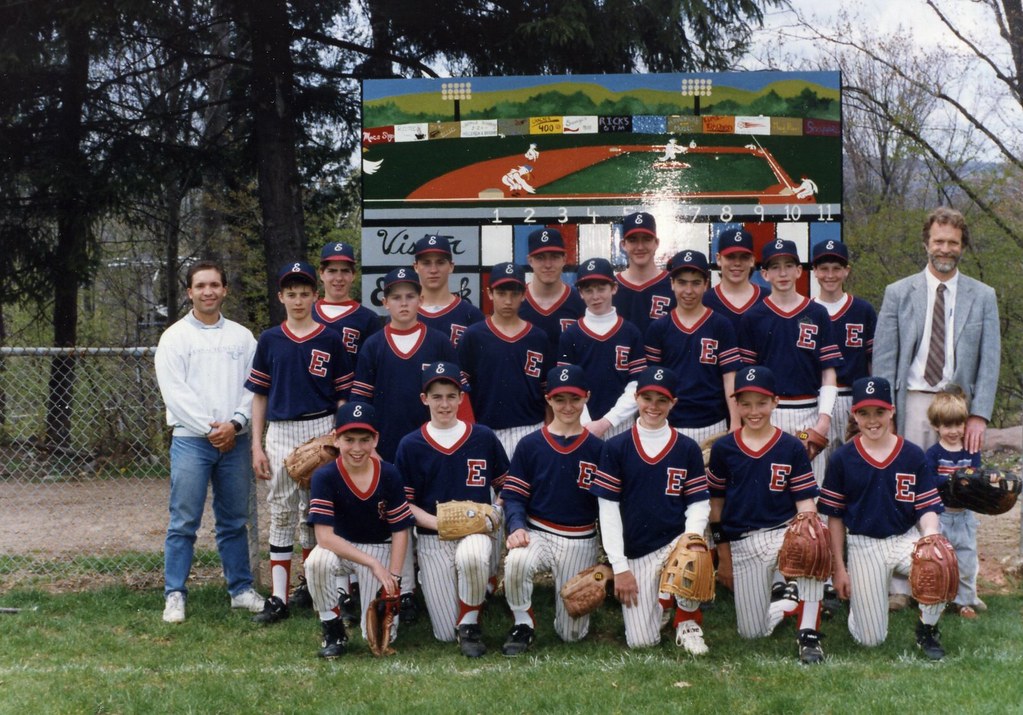
5. **Neal Anderson, RB, Bears**Imagine stepping into the colossal cleats of a legend, inheriting the spotlight just as the team’s championship glow begins to dim. That was the unenviable task of Neal Anderson, who replaced the iconic Walter Payton as the Bears’ featured offensive weapon right after the euphoric Super Bowl Shuffle years. Because he wasn’t Payton, and the later-era Mike Ditka Bears couldn’t quite recapture the magic of 1985, Anderson’s impressive output often got reduced to a mere footnote in franchise history, a frustrating fate for such an extraordinary talent.
But make no mistake, Anderson was a complete back in every sense of the word. He possessed the blistering speed to turn the corner and outrace defenders down the sideline, the raw power to churn through tackles for tough yards, and an elusive quality that allowed him to make something out of nothing in the open field. Beyond his rushing prowess, Anderson was also a revelation as a receiver, demonstrating chops that could rival contemporaries like Roger Craig or Thurman Thomas, making him a true dual-threat weapon.
What truly amplifies Anderson’s accomplishments is the context of the offense he played in. His 1,000-yard seasons weren’t built in some sophisticated, modern passing attack; they came in a “primitive offense with a rudimentary passing game.” He was consistently the Bears’ primary rusher and, strikingly, often their best receiver in his prime, hauling in 40-50 passes per season from quarterbacks like Mike Tomczak or the young Jim Harbaugh. Many of these catches weren’t check-downs, but downfield plays, effectively making Anderson a de facto possession receiver in an era where that was rare for a running back.
The closest contemporary comparison might be someone like Pittsburgh’s Le’Veon Bell, a versatile back who can dominate both on the ground and through the air. However, Bell operates within a modern, dynamic offense that actively amplifies his production, whereas Anderson’s brilliance was often suppressed by his scheme. Add to that the immense shadow of Walter Payton, and it’s easy to see why Anderson, despite his Pro Bowls and undeniable skill, became a historical footnote. Those who witnessed his play, however, know he was far more than that – a dynamic force deserving of far greater praise.
Read more about: The Hollywood Exit: Revisiting 9 Actresses Who Are No Longer Prominent
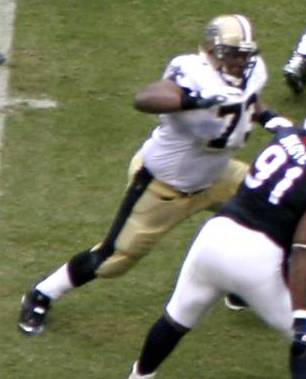
6. **Jahri Evans, OG, Saints**When we talk about the most explosive offenses of the 21st century, Drew Brees and the New Orleans Saints immediately spring to mind. Their record-setting aerial attacks, precise passing, and Super Bowl victory are etched into NFL lore. But behind every legendary quarterback and every historic offensive output is an offensive line, and within that unit, one man often stood as the immovable anchor: Jahri Evans, the Saints’ Pro Bowl guard. His impact on New Orleans’ offensive supremacy during his prime cannot be overstated, yet it frequently is.
Consider his four All-Pro seasons from 2009-2012. During that stretch, the Saints’ offense was an absolute juggernaut, ranking first, sixth, first, and second in the NFL in total yards. More impressively, despite Brees dropping back to pass an astonishing 650-plus times per year, he endured an average of just 24 sacks per season in Evans’ All-Pro years. This isn’t just good; it’s elite, quarterback-extending protection, a testament to the sheer dominance of the offensive line, spearheaded by Evans.
While Brees rightly garners the lion’s share of credit for the Saints’ offensive success, the truth is that a diminutive quarterback like Brees simply wouldn’t have been able to consistently deliver Super Bowl-caliber performances without a pristine pocket, especially directly in front of him. Evans, widely regarded as “the best pass-protecting guard of his era,” was the linchpin, tasked with ensuring that interior pass-rushers couldn’t get close enough to disrupt Brees’ throwing lanes, let alone sack him. His fundamental role was providing the stability that allowed the entire offensive symphony to play out.
It’s a harsh reality that offensive guards rarely make it into the Hall of Fame unless they collect multiple Super Bowl rings or play for an impossibly long time. Jahri Evans, despite still playing at a high level and attempting to do for Aaron Rodgers what he did for Brees, is unfortunately a long shot for Canton. That’s a genuine shame, because for a significant period, he wasn’t just a very good guard; he was arguably the most important one in the entire NFL, a cornerstone without whom one of the greatest offenses ever constructed would have crumbled.
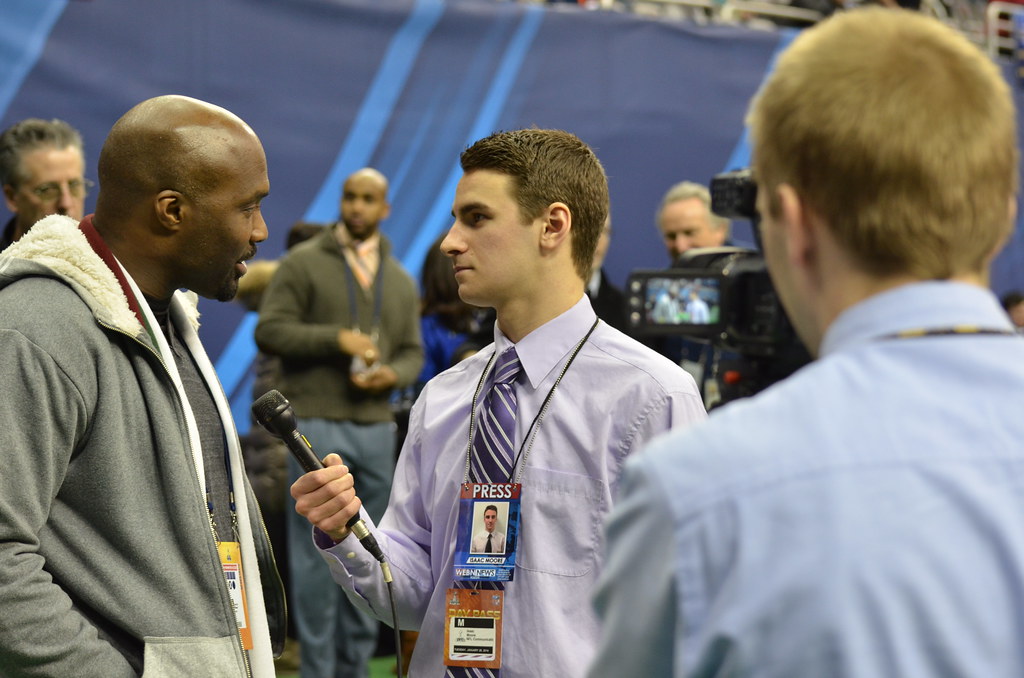
7. **Derrick Mason, WR, Titans, Ravens**If you’re looking for a prime example of a player whose incredible production was actively suppressed by the offensive philosophies of his teams, look no further than Derrick Mason. This man recorded an astonishing eight 1,000-yard receiving seasons – four for Jeff Fisher’s Titans and another four for the Baltimore Ravens. For those who remember, no modern coach “suppressed passing offenses quite like Fisher,” and few teams generated “offensive stats that look like they come from the early 1930s quite like the Ravens.” Mason was essentially putting up modern numbers in an archaic era.
Imagine translating those 95-catch, 1,200-yard seasons into a more pass-oriented scheme. We’re talking about “115-catch monsters” in a contemporary offense. The context explicitly states that if you “put him on the Tom Brady-led Patriots, and Mason might have invented a new branch of mathematics” – a hyperbolic but accurate way to convey his untapped potential in a more explosive system. Beyond his receiving prowess, Mason was also a formidable force in the postseason, grabbing 49 career playoff catches, and for several years, he was rightly considered one of the game’s elite return specialists.
Mason was also a pioneer, standing out as “one of the first true slot receivers of 21st-century NFL offenses.” Today, slot specialists like Julian Edelman and Victor Cruz are celebrated as invaluable components of the modern passing game. But fifteen years ago, similar receivers were often dismissed as “gimmicky undersized role players.” Mason defied this narrative, constantly proving his worth as his team’s most valuable offensive player, even if he and Steve McNair made their short pitch-and-catch passes “look a little too easy.”
His consistent brilliance over a decade, often in less hospitable offensive systems, truly sets him apart. The NFL is now saturated with receivers who emulate Mason’s skill set, yet very few can match the sheer, sustained production he generated, particularly considering the systemic limitations he faced. Derrick Mason’s legacy is a testament to elite performance against the grain, and it’s high time he receives full credit for being a groundbreaking and profoundly impactful receiver.
In an era obsessed with “rings,” “busts,” and highlight reels, it’s all too easy to let the nuances of individual greatness get lost. But as true fans, it’s our duty to dig deeper, to pull back the layers of team records and historical narratives, and to celebrate the pure, unadulterated excellence of these forgotten giants. Their stories remind us that impact isn’t always measured in championships, but in relentless effort, pioneering spirit, and an enduring legacy that, even if quietly acknowledged, shaped the game we love. These players are gone, but after today, they certainly won’t be forgotten.

